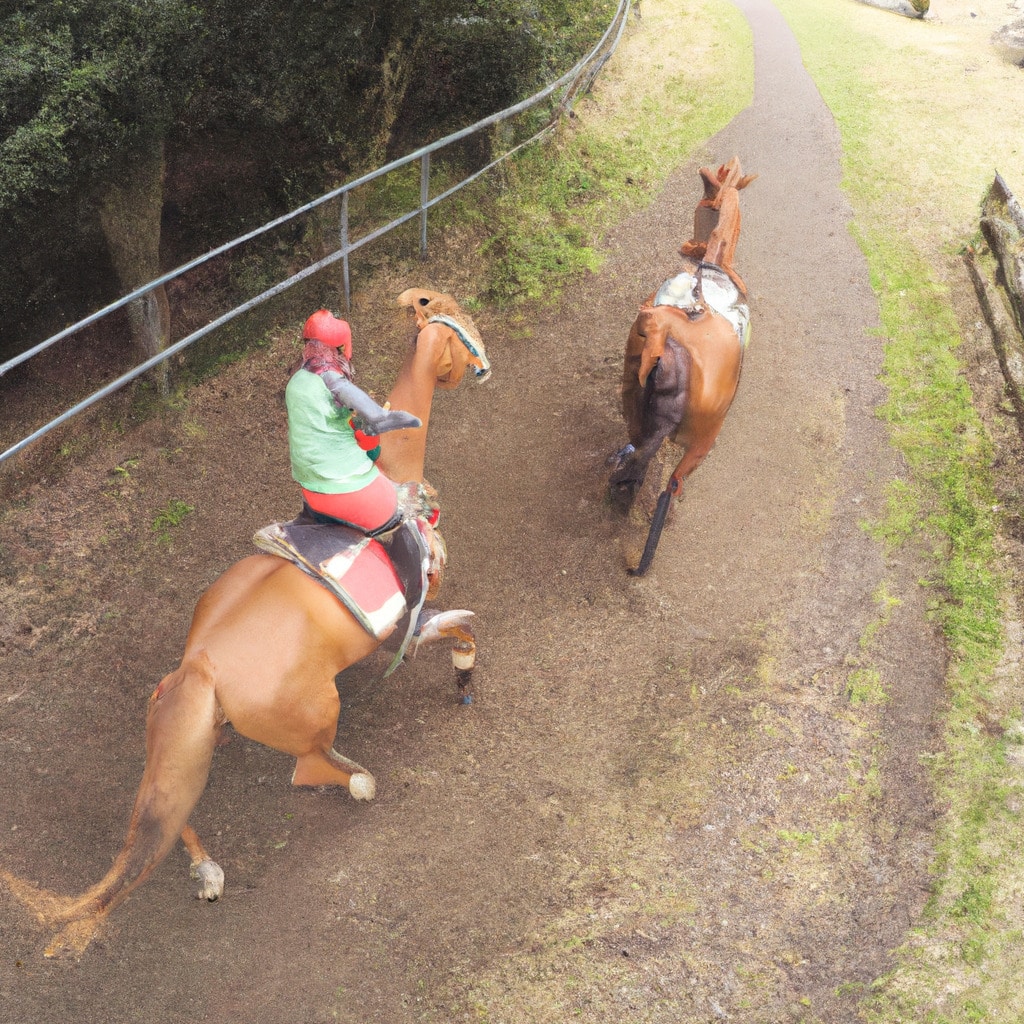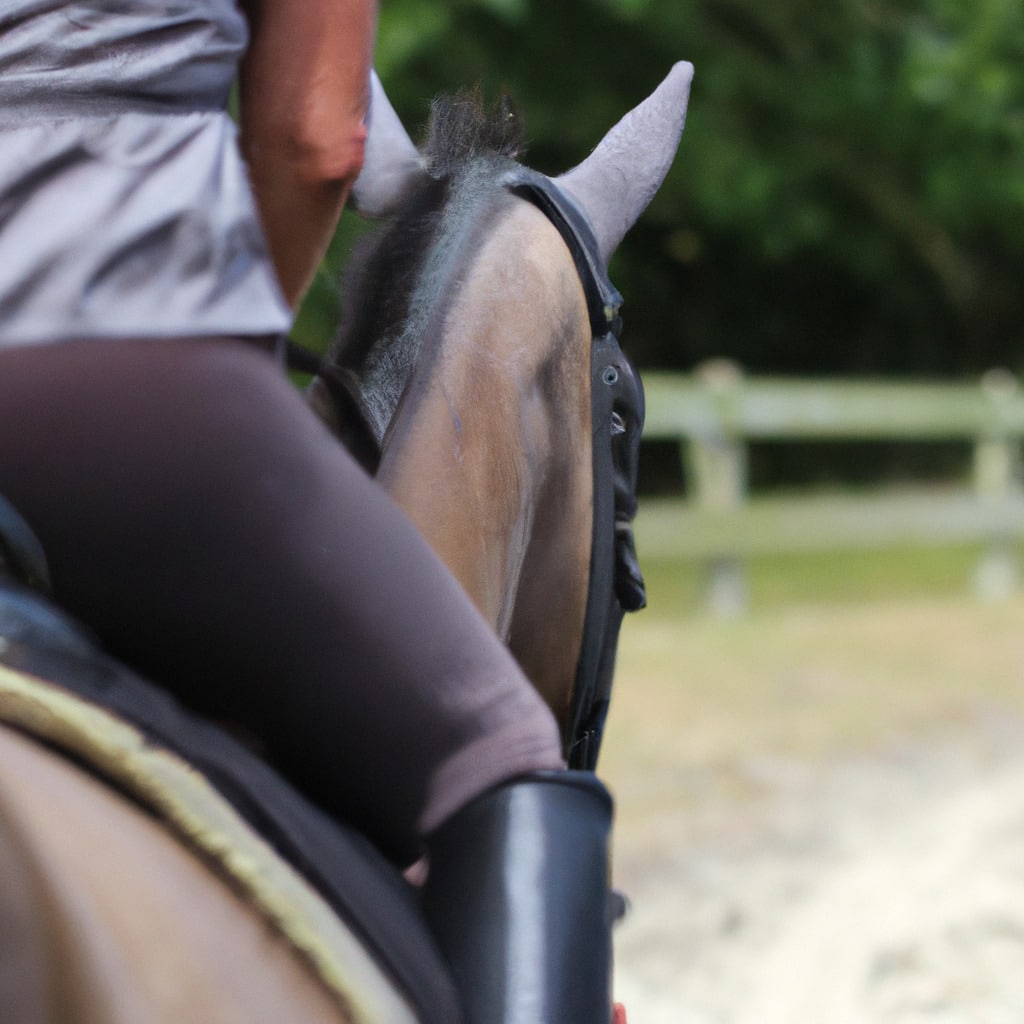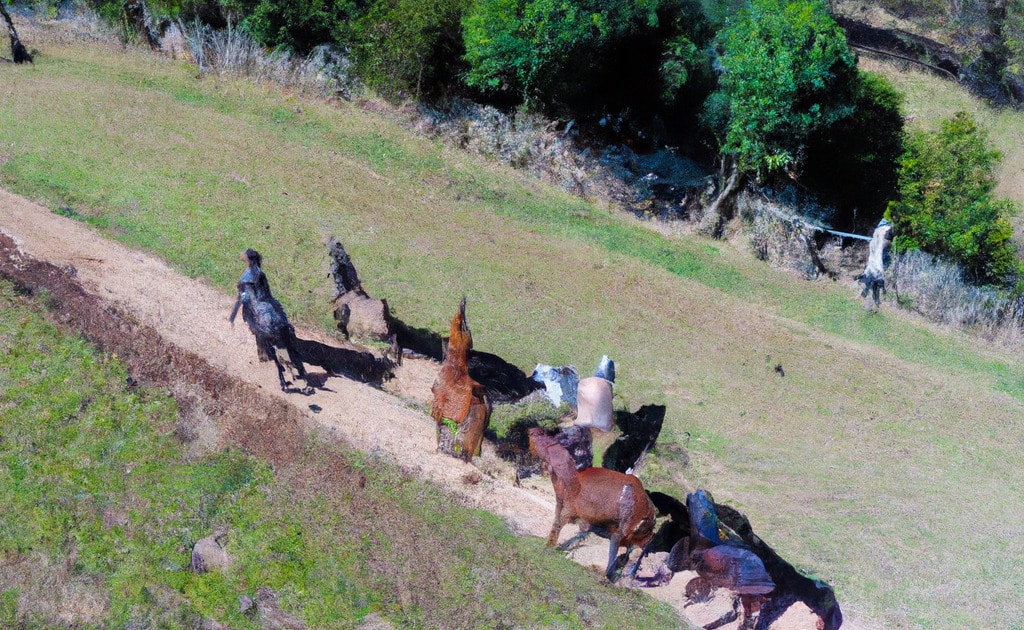Are you ready to embark on an exhilarating journey of endurance riding?
Do you dream of pushing your limits, forging an unbreakable bond with your horse, and conquering long-distance trails?
If so, then you’ve come to the right place!
In this article, we will delve into the world of training programs specifically designed for novice endurance riders.
Endurance riding is a thrilling equestrian sport that tests both the physical and mental stamina of horse and rider.
It involves covering vast distances, often spanning over 50 miles, within a specified time frame.
To excel in this demanding discipline, proper training is essential.
Whether you’re a seasoned equestrian looking to venture into endurance riding or a complete beginner eager to explore this captivating realm, our comprehensive training programs will set you on the path to success.
So, tighten your saddle, grab the reins, and let’s dive into the world of training programs for novice endurance riders!
Building a Solid Foundation
Before embarking on any endurance riding journey, it is crucial to build a solid foundation of fitness and skills. This foundation will not only enhance your performance but also ensure the well-being of your equine partner. The first step in your training program should focus on developing a strong bond with your horse. Spend time grooming, handling, and establishing trust. This will lay the groundwork for a successful partnership on the trails.
Conditioning the Body and Mind
Endurance riding demands peak physical fitness and mental resilience. To condition your body, incorporate a combination of cardiovascular exercises, strength training, and flexibility exercises into your routine. Engage in activities such as jogging, cycling, and yoga to improve your overall fitness levels. Additionally, mental preparation is equally important. Practice mindfulness techniques, visualization, and positive affirmations to develop mental fortitude and focus.
Gradual Progression and Mileage
One of the key principles of endurance riding training is gradual progression. Start with shorter rides and gradually increase the mileage over time. This allows your horse’s muscles, tendons, and ligaments to adapt to the demands of long-distance riding. Begin with shorter rides of 5-10 miles and gradually work your way up to longer distances. It is essential to listen to your horse’s cues and adjust the training plan accordingly to prevent overexertion or injury.
Interval Training and Hill Work
To improve your horse’s cardiovascular fitness and strength, incorporate interval training and hill work into your regimen. Interval training involves alternating between periods of high-intensity exercise and recovery periods. This helps build stamina and endurance. Hill work, on the other hand, challenges your horse’s muscles and improves their strength. Incorporate uphill and downhill rides to simulate the varied terrain encountered during endurance rides.
Nutrition and Hydration
Proper nutrition and hydration are vital for both you and your horse during training and competition. Consult with a veterinarian or equine nutritionist to develop a balanced diet plan for your horse. Ensure they receive adequate amounts of forage, grains, and supplements to meet their energy requirements. Hydration is equally important, so provide access to fresh water at all times. As a rider, maintain a well-balanced diet and hydrate yourself adequately to perform at your best.

Endurance Riding Gear and Equipment
In addition to physical training, having the right gear and equipment is essential for a successful endurance riding experience. Let’s take a closer look at some of the key items you’ll need:
1. Saddle and Tack
Invest in a well-fitting endurance saddle that provides comfort and support for both you and your horse during long rides. Look for saddles with ample padding and adjustable features. Additionally, choose tack that is lightweight, durable, and designed specifically for endurance riding. Consider using a breastplate to keep the saddle in place and prevent it from sliding back on steep descents.
2. Bridle and Bit
Select a bridle that fits your horse comfortably and allows for clear communication. Choose a bit that suits your horse’s needs and preferences, keeping in mind that different horses respond differently to various bit styles. Consult with an experienced trainer or equine professional to determine the most suitable bridle and bit combination for your horse.
3. Protective Boots and Wraps
During endurance rides, your horse’s legs are subjected to repetitive stress and potential injuries. Invest in high-quality protective boots or wraps to provide support and prevent injuries. Look for boots that offer shock absorption and ventilation to keep your horse’s legs cool and protected.
4. GPS and Navigation Tools
When navigating through long-distance trails, having a reliable GPS device or navigation tools is crucial. These tools will help you stay on track, avoid getting lost, and accurately measure distances. Familiarize yourself with the features and functionality of your chosen device before heading out on the trails.
5. First Aid Kit and Emergency Supplies
Prepare for any unforeseen circumstances by carrying a well-stocked first aid kit and emergency supplies. Include items such as bandages, wound ointments, electrolytes, and a hoof pick. It’s always better to be prepared for emergencies, even if they rarely occur.
Training Tips and Techniques
Now that we have covered the foundational aspects and the necessary gear for endurance riding, let’s explore some training tips and techniques to further enhance your performance:
1. Ride in Different Terrains
To prepare for the varied terrain encountered during endurance rides, it is essential to expose your horse to different types of terrain during training. Ride on flat surfaces, hills, and uneven trails to help your horse develop balance, coordination, and adaptability.
2. Practice Pacing and Speed Control
Endurance rides require strategic pacing and speed control. Practice maintaining a steady pace and learn to read your horse’s energy levels. Develop a sense of when to push for speed and when to conserve energy. This skill will be invaluable during long-distance rides.
3. Incorporate Rest Days and Recovery
Just like humans, horses need rest and recovery days to prevent burnout and injuries. Incorporate regular rest days into your training schedule to allow your horse’s body to repair and rejuvenate. Use these days for light exercise, grooming, and bonding activities.
4. Ride with Experienced Endurance Riders
Riding with experienced endurance riders can provide valuable insights and guidance. Join local endurance riding clubs or participate in group rides to learn from seasoned riders. Observe their techniques, ask questions, and seek their advice to improve your own riding skills.
5. Mental Conditioning and Visualization
Endurance riding is not just physically demanding; it also requires mental strength and resilience. Practice mental conditioning exercises such as visualization and positive self-talk. Visualize successful rides, overcoming challenges, and reaching your goals. This will help build confidence and mental fortitude.
6. Participate in Training Clinics and Workshops
Attending training clinics and workshops specifically tailored for endurance riding can provide valuable education and hands-on experience. These events often cover topics such as riding techniques, horse care, and race strategies. Take advantage of these opportunities to expand your knowledge and network with fellow riders.
In conclusion, training programs for novice endurance riders are essential for success in this exhilarating equestrian sport. By building a solid foundation of fitness, skills, and trust with your horse, you set yourself up for a rewarding and fulfilling journey. Gradual progression, interval training, and hill work are key components of a well-rounded training program, helping to improve both your horse’s physical fitness and mental resilience.
Proper nutrition, hydration, and the right gear and equipment are crucial for the well-being and performance of both horse and rider. Investing in a well-fitting saddle, lightweight tack, and protective boots or wraps ensures comfort and safety during long rides. GPS devices and first aid kits are essential tools to navigate trails and handle any emergencies that may arise.
To further enhance your training, it is important to incorporate tips and techniques such as riding in different terrains, practicing pacing and speed control, and riding with experienced endurance riders. Mental conditioning, visualization, and participating in training clinics and workshops can also contribute to your success in endurance riding.
So, are you ready to embark on this incredible journey of endurance riding? Are you prepared to push your limits, forge an unbreakable bond with your horse, and conquer long-distance trails? With the right training program, dedication, and passion, you can unleash your potential and achieve remarkable feats in the world of endurance riding.
Will you take the reins and embrace the challenges of endurance riding?

Proper nutrition plays a vital role in the overall health and performance of horses. From providing the necessary energy for endurance riding to supporting joint health and muscle development, a well-balanced diet is crucial. Learn more about the importance of proper horse nutrition and how it can enhance your horse’s endurance riding capabilities.

